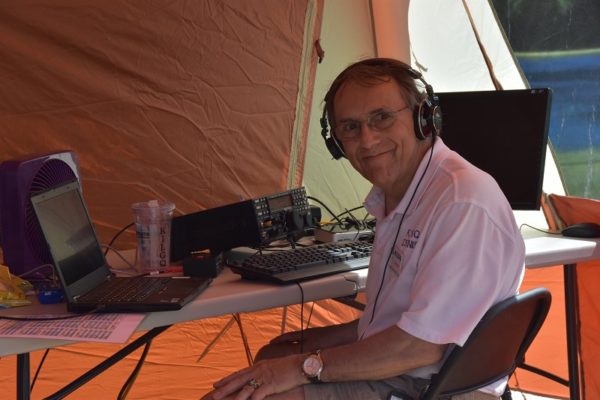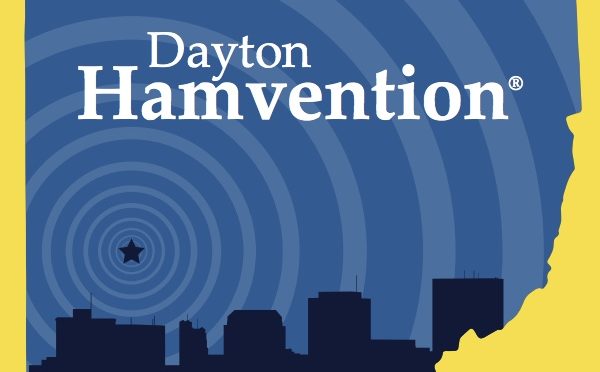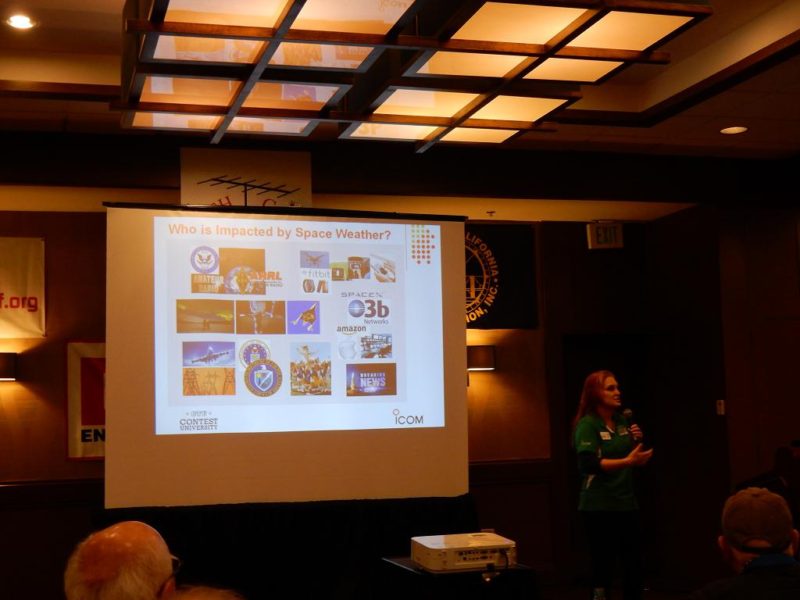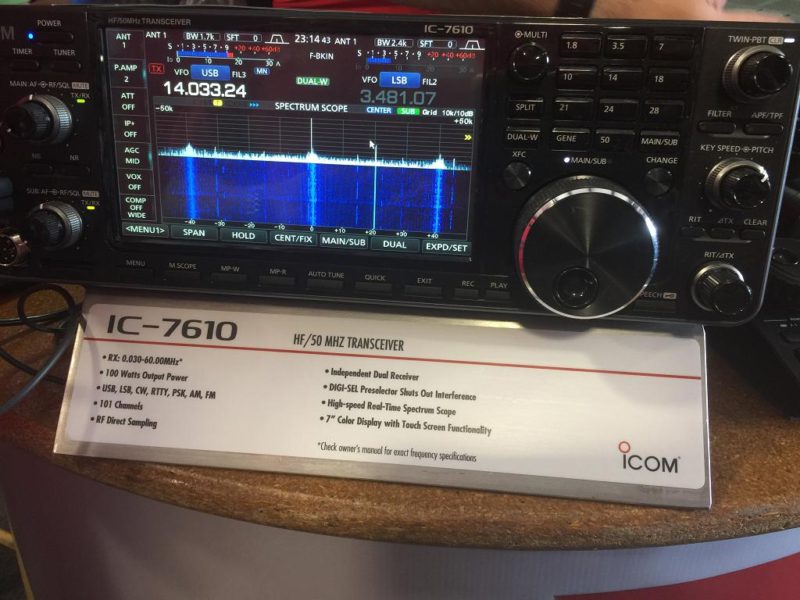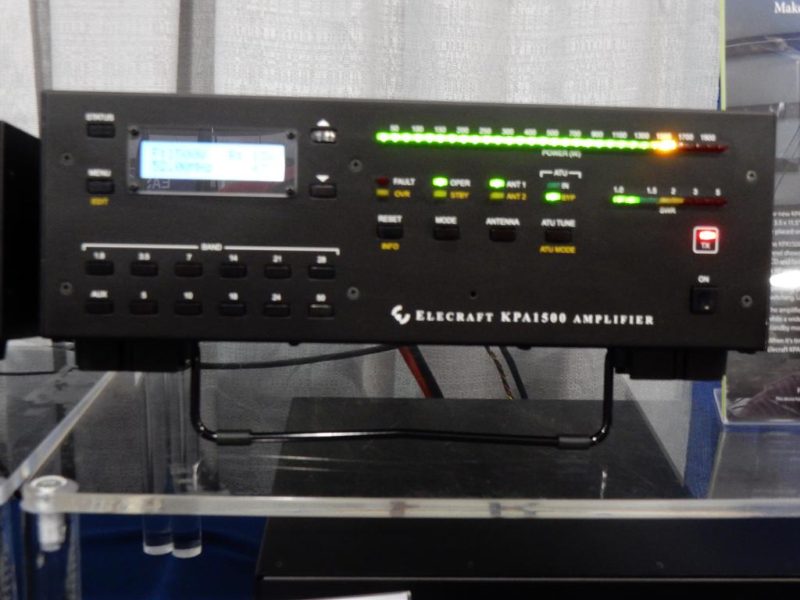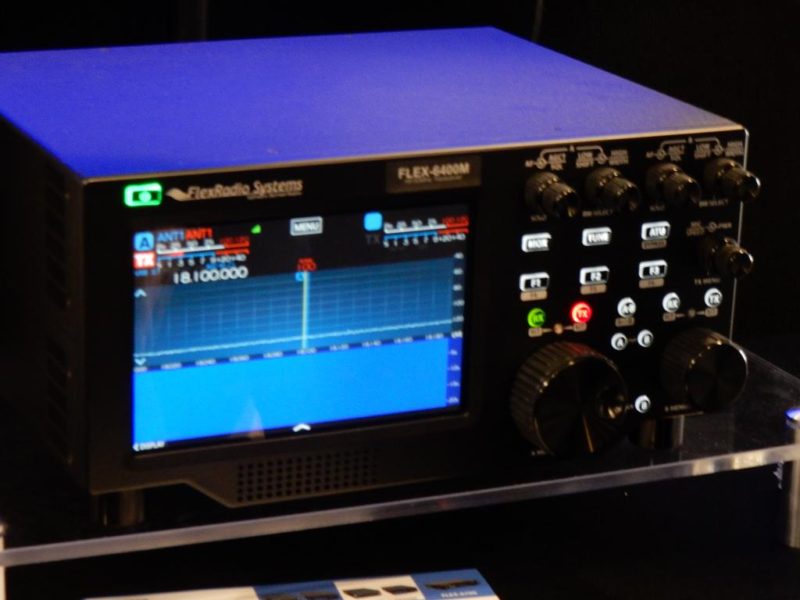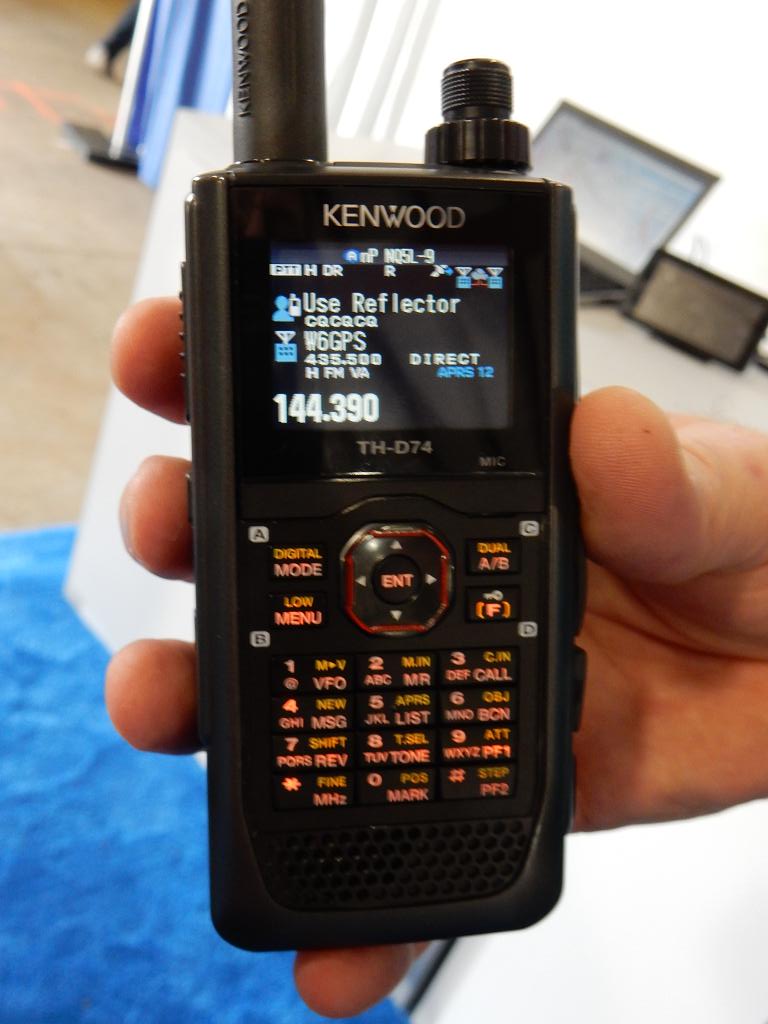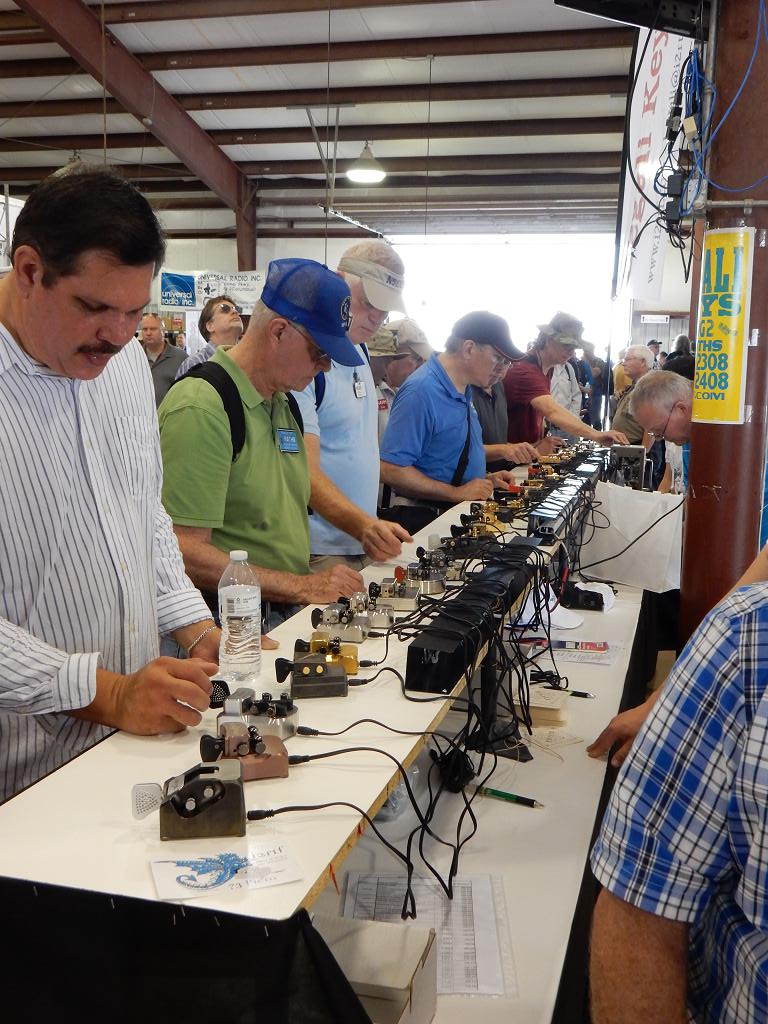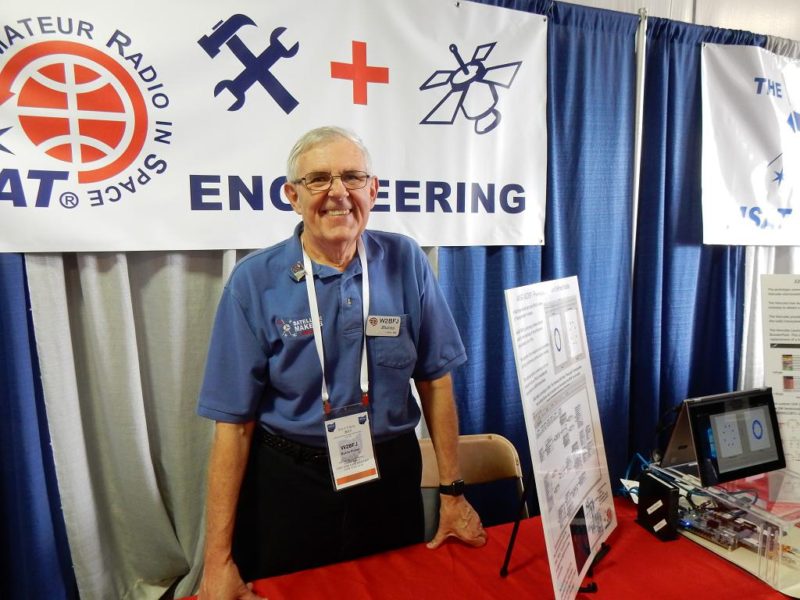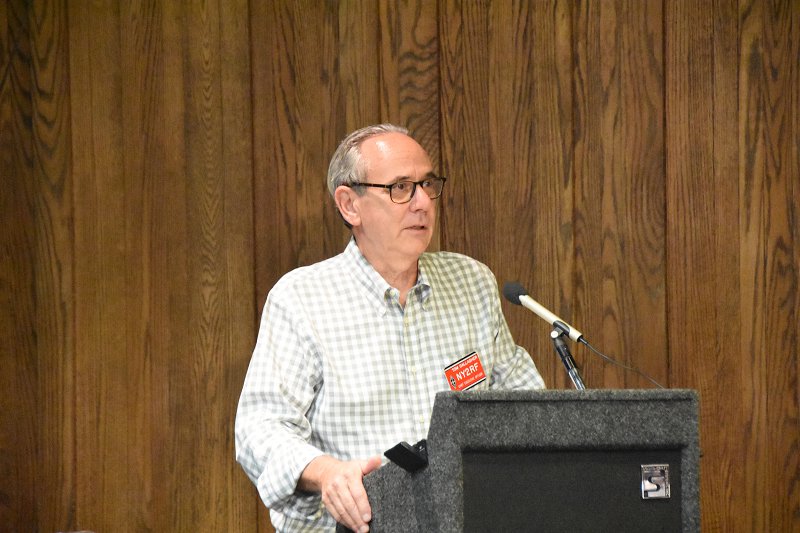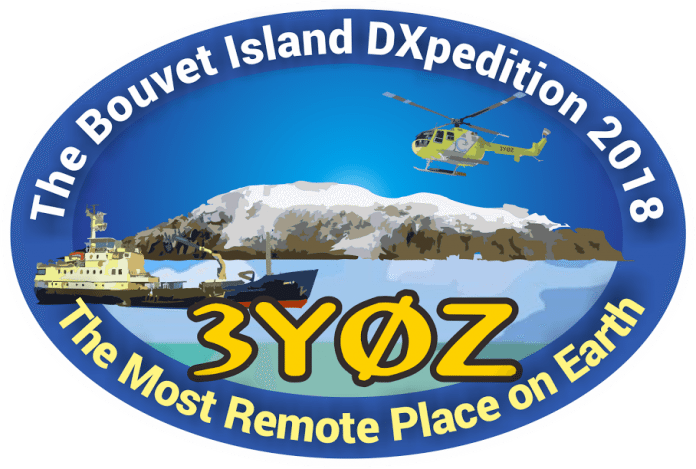Dave Merchant K1DLM, our Field Day chairman, is bringing some 21st Century radio and computer technology to our Field Day setup this year. There are several aspects to this new component of our Field Day plans and the associated IT Test including –
- Two Flex-6700 Software Defined Radios running over a network for our new Digital and enhanced GOTA Stations
- An on-site WiFi Network to enable using the N1MM+ Logger in network mode for sharing of log information, station activity, real-time scores, and messages
- A central Score Board and Club Information Computer in our public information tent
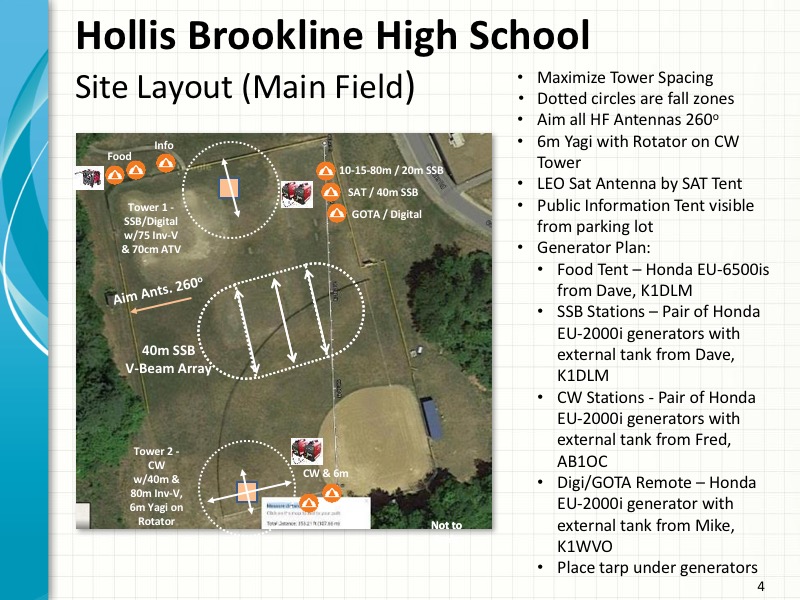
We will again be holding our 2017 Field Day operation at the Hollis-Brookline High School in Hollis, NH. We are planning on using the upper baseball field area as our main operating location. We have decided to add a third tower this year and locate it on a soccer practice field which is situated several hundred feet away from our main operating area. All of our antennas and equipment will lie within the required 1000′ circle but the third tower would situate those operating at that location away from the rest of our group. Dave’s solution to this problem was to set up a network and operate two Software Defined Radios (SDRs) at the lower site remotely from our location on the upper field.
Dave has enlisted club member Piece Fortin, K1FOP to be our IT Chairman for Field Day this year. Pierce has been instrumental, along with Dave, in the planning and testing of all of this new technology. Pierce and Dave have a great deal of networking and IT experience and knowledge and we could not have put together what is described here without them.
Dave K1DLM, Pierce, Hamilton K1HMS, Mike Ryan K1WVO, Anita AB1QB, and I have gotten together multiple times to set up and test all of this new technology. I wanted to share some more about the equipment and the associated testing (which has been staged in the kitchen at our QTH – thank you, Anita!).
We began the testing process by setting up our 20m CW station.
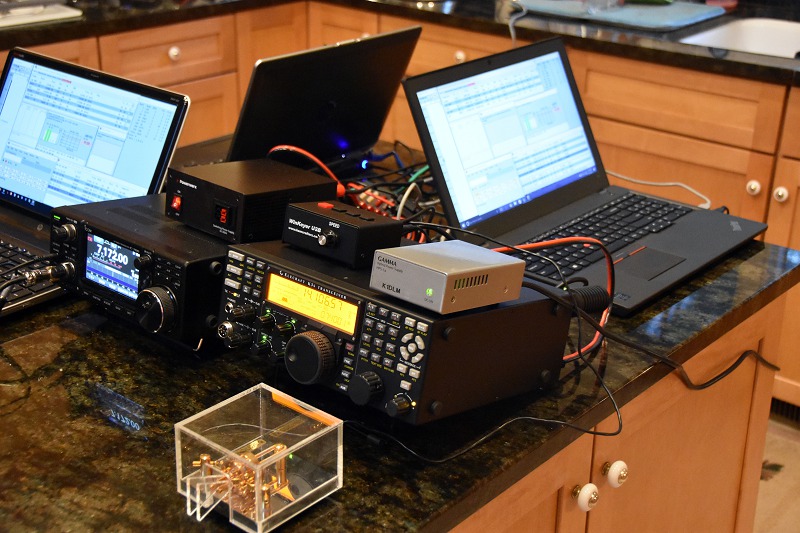
This station uses an Elecraft K3S Transceiver, a K1EL WinKeyer and the N1MM+ Logger running on a Windows 10 Laptop PC. We used this station to get our basic N1MM+ setup including our Field Day CW keying macros right.

Next came our 40m SSB station. This setup uses an Icom IC-7300 Transceiver and allowed us to set up and test N1MM+ on the fly audio macro recording and playback. All three of our SSB stations will have on the fly recording and playback capability which will allow each of our SSB operators to record and use a custom set of audio macros.
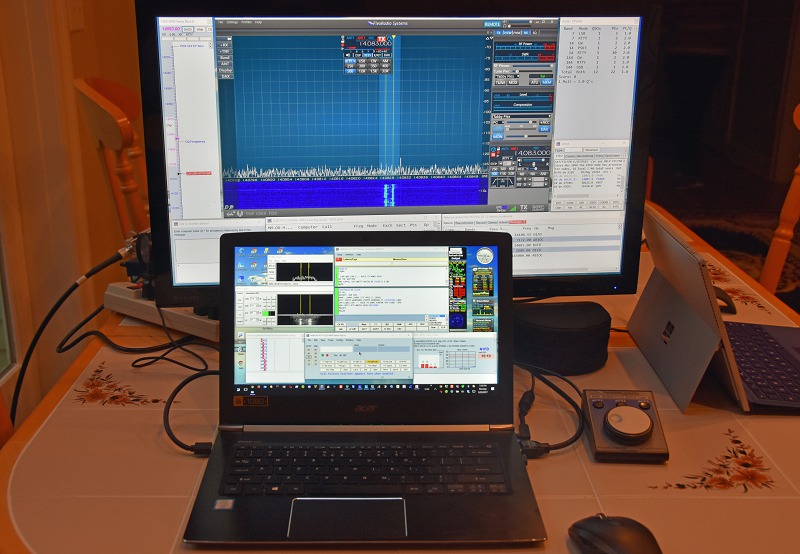
Next came our Digital Station. This station uses one of the two remote Flex-6700 SDRs.

Dave, K1DLM put together a really nice package for the two Flex-6700 SDRs and associated equipment which will be located on the lower field. He used a rack system to mount the two SDRs, power supplies, a three-band Tri-plexor, a set of bandpass filters for 80m, 40m, 20m, 15m, and 10m and a 403A 8×2 networked antenna switch. This setup allows either of the two SDRs to share the tri-band yagi or the 40m and 80m Inverted-V antennas on the tower on the lower field and operate on any of the 5 available HF bands. Antenna and filter switching automatically track the frequencies of the two SDRs making the setup simple to use.

The Digital Station’s remote SDR will be operated using a SmartSDR client running on the Digital Station laptop PC. This station will have a second monitor to better accommodate all of the windows associated with it.
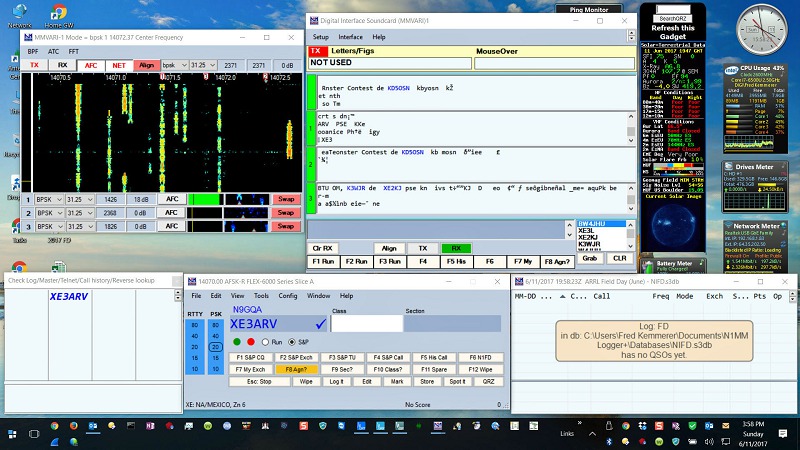
The main display associated with the Digital Station will run decoders for all PSK and RTTY modes. The ability to decode multiple PSK signals simultaneously and multiple RTTY decoders are available. The Digital station also acts as the N1MM+ master station in our Field Day setup for all of the other stations which use N1MM+.

Our Satellite Station 2.0 was also added to the test setup. It uses a MacBook Air laptop running MacDoppler to control the antenna rotators and the Icom IC-9100 Transceiver which are part of our Satellite Station. A Windows 10 Surface Pro computer is included which runs N1MM+ and provides logging and other network functionality for our Satellite Station.
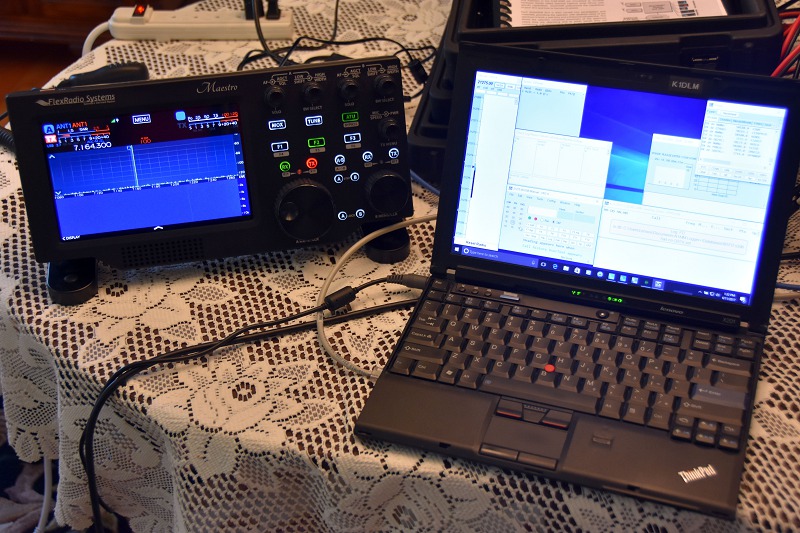
We also tested our GOTA station which uses the second Flex-6700 SDR and a FlexRadio Maestro to provide a more conventional “buttons and knobs” interface for our GOTA operators to use. This station will also have a laptop PC running N1MM+ for logging.

We also build and tested a Scoreboard PC. This computer will be located in the Public Information tent at Field Day and will be connected to a large display. It will show our real-time score, QSOs being logged as they are made and other useful information about our Field Day operations. This computer will also continuously play videos from our Club Video Collection and will provide access to IP video cameras which monitor the tower and equipment on the lower field.
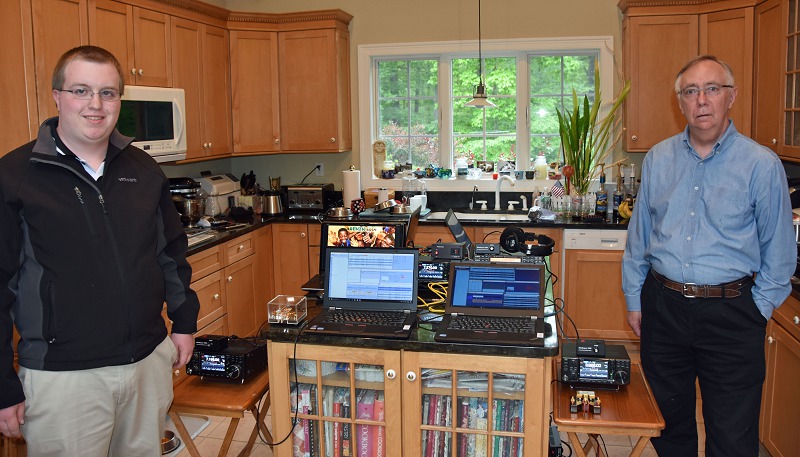
Our networked N1MM+ test bed contained at least one station of each type (CW, SSB, Digital, Satellite, and GOTA) that will be part of our Field Day setup this year. The Station Masters for the additional CW and SSB stations came by to test their setups using the test bed.

The networking system which Dave and Pierce built is central to all of the technology described here. All of the gear is mounted in a single rack which will be located on the upper field during Field Day. The setup includes a Firewall/DHCP server, a commercial grade outdoor WiFi access point, a 4G LTE modem for Internet access, an Ethernet Switch, and a UPS power supply.

The upper and lower fields at our Field Day site are separated by several hundred feet. A thick line of trees between the two locations raised concerns about connecting the upper and lower sites using WiFi. Pierce came up with a great solution to this problem – we will be using MoCA Data Modems and RG6 Quad Shield 75 ohm Coax Cable to provide a 10 Mbps data link between the two sites. We tested the MoCA link using a much longer run of coax cable then we will need to use at Field Day and confirmed full 10 Mbps throughput.
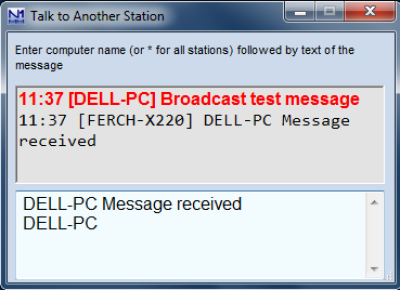
Our networked N1MM+ setup will allow any station in our setup to send messages to everyone who is operating at Field Day. We can use this capability for important communications like “lunch is ready!” or “I need help from Pierce (our IT chairman) on the 40m SSB station”, or “The 6m band is wide open!”.
Our GOTA and Digital stations will be located together in the same tent and will provide our Field Day 2017 visitors to see and use 21st-century Amateur Radio technology to make contacts. We are expecting young people who participated in our club’s High-Altitude Balloon project and from other local schools where we have done Amateur Radio activities to attend. In additional to being a learning opportunity for all of us in the Nashua Area Radio Club, we hope that the state of the art technology that we are using will generate interest among our visitors.
Fred, AB1OC
Hashtags: #ARRLFD #N1FD



